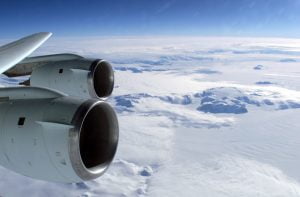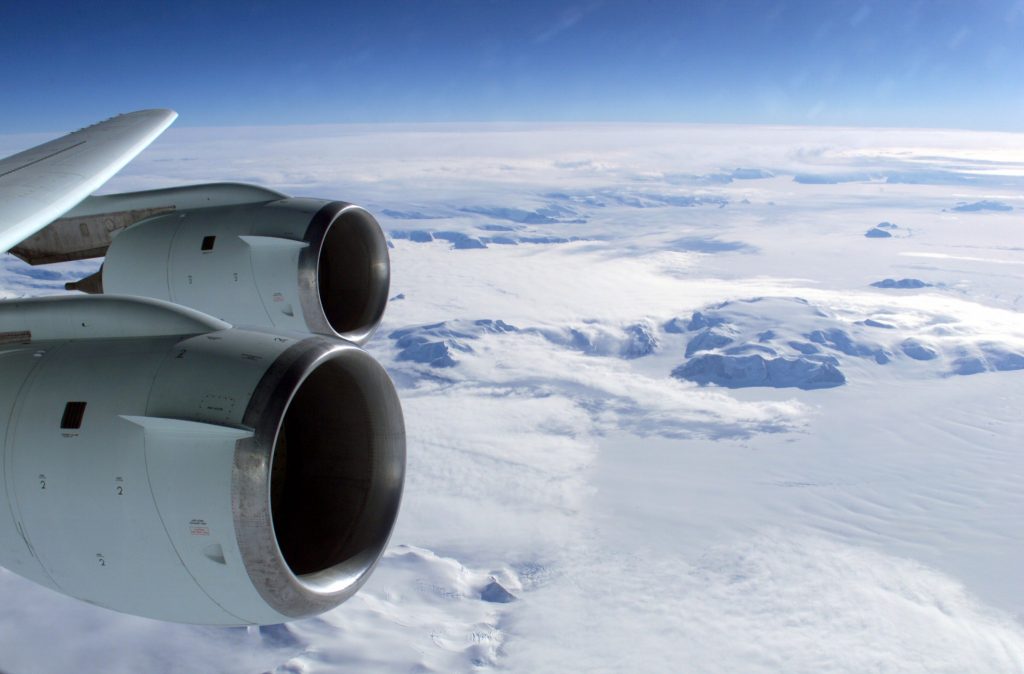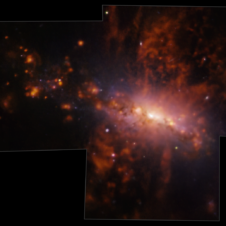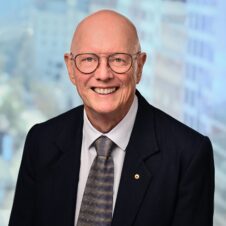Most high school students can expect excursions to the local science centre, zoo or museum, but how about a trip to a continent few will ever get to see?
On Australia Day (January 26), 18 high school students from Kent Street High School in Perth will board a Qantas Boeing 747 aircraft and fly over the South Magnetic Pole.
The students will be accompanied by their award winning teacher Ms Suzy Urbaniak, who received the Prime Minister’s Prize for Excellence in Science Teaching in Secondary Schools last year, and PhD candidates from The University of Western Australia and the International Centre for Radio Astronomy Research (ICRAR).
“The science in my classroom is all about inquiry and investigation—giving the students the freedom to develop their own investigations,” said Ms Urbaniak.
“From the windows of this flying classroom, my students will gain a unique understanding of the science responsible for the beauty and natural wonders of the seventh continent.”
During the 12 hour round trip, PhD candidates Sarah Bruzzese and David Gozzard will recreate several classical experiments to detect cosmic rays and measure the Earth’s magnetic field as they approach the South Magnetic Pole.
Sarah Bruzzese, whose PhD thesis involved analysing newly formed stars in galaxies using the Hubble Space Telescope, said, “It’s great to be chosen for something like this—I’m really excited about the chance to show science in action for these students and to see Antarctica for myself.”
Ms Bruzzese, whose doctorate degree will be conferred in the near future, is now a secondary teacher at St Hilda’s Anglican School for Girls.
“As a PhD student with the International Centre for Radio Astronomy Research I had lots of opportunities to deliver outreach and education programs to schools and communities throughout WA,” she said.
“I love sharing my passion for science with others which is why I’ve decided to become a high school teacher.”
David Gozzard, from UWA’s School of Physics, thesis involves designing systems that will help the Square Kilometre Array (SKA) synchronise the vast amounts of information it will gather from the sky once the radio telescope is built in Western Australia and South Africa in the next decade.
“This is the first time this flight has left from Perth so it’s great to be a part of something that will give local high school students a hands-on experience above one of the most remote locations on Earth,” said Mr Gozzard.
“At UWA I‘m working on solutions that will allow the biggest radio telescope in the world to solve some of the biggest mysteries in the Universe,” he said.
“Hopefully some of the students I meet on this flight will go on to become scientists and engineers involved with the SKA in the future, who knows”.
Sponsored by the Laby Foundation of the University of Melbourne, Classroom Antarctica aims to educate and excite groups of high school students during the excursions to Antarctica. These flying 12-hour excursions are run by a company that charters Qantas Boeing 747- 400 aircraft a few times a year from Australian capital cities, non-stop to Antarctica and back.
MORE INFORMATION
The South Magnetic Pole
The South Magnetic Pole is the point on the Earth’s surface where the direction of the Earth’s magnetic field is vertically upwards. The magnetic dip, the angle between the horizontal plane and the Earth’s magnetic field lines, is 90° at the magnetic poles. The south magnetic pole is not fixed and its position moves about 5 kilometres per year presently in a north to northwesterly direction.
ICRAR
The International Centre for Radio Astronomy Research (ICRAR) is a joint venture between Curtin University and The University of Western Australia with support and funding from the State Government of Western Australia.
CONTACT INFORMATION
David Gozzard (ICRAR-UWA)
E: David.Gozzard@icrar.org
M: +61 424 482 180
Ms Suzy Urbaniak (Kent St Highschool, Perth)
E: Suzy.Urbaniak@education.wa.edu.au
Tel: +61 418 959 718
Pete Wheeler—Media Contact, ICRAR
E: pete.wheeler@icrar.org
M: +61 423 982 018
MULTIMEDIA
A link to the images from the flight can be found here – Antarctic Student Flight Images
A link to the video from the flight can be found here – Antarctic Student Flight Video
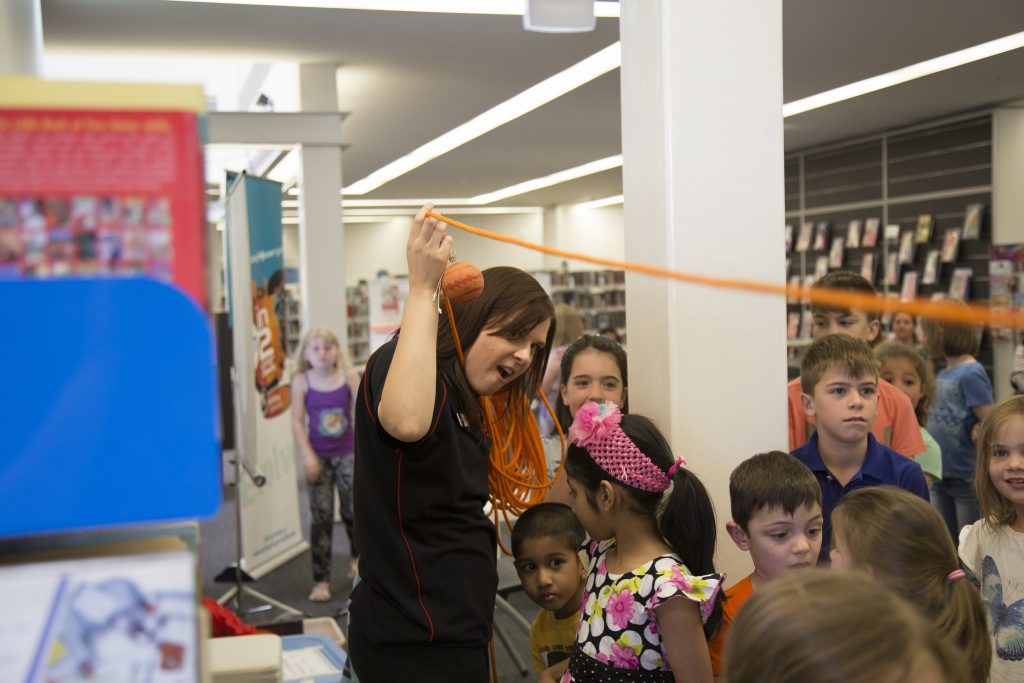
ICRAR PhD Candidate and high school teacher Ms Sarah Bruzzese teaching children about the Solar System at a local library. Credit: ICRAR.
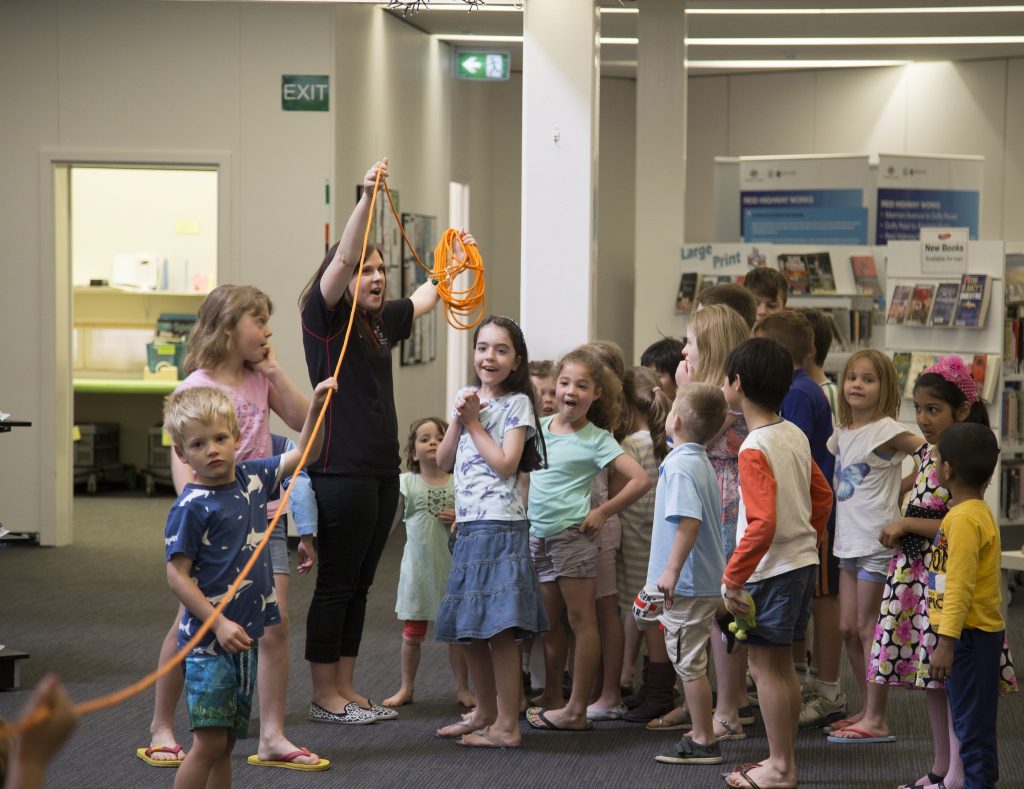
ICRAR PhD Candidate and high school teacher Ms Sarah Bruzzese teaching children about the Solar System at a local library. Credit: ICRAR.
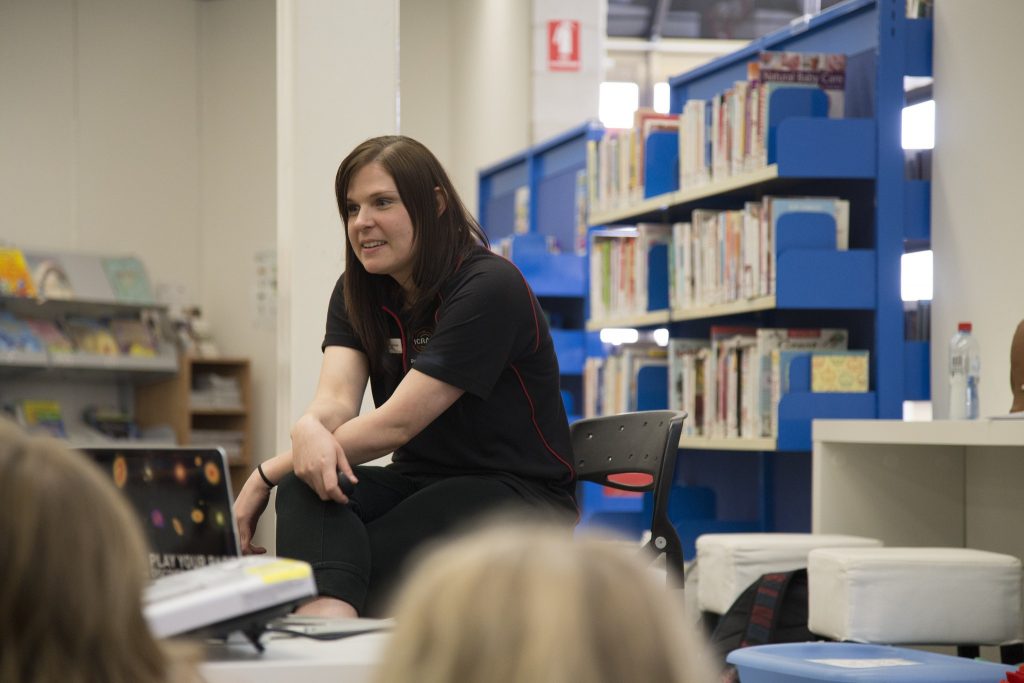
ICRAR PhD Candidate and high school teacher Ms Sarah Bruzzese teaching children about the Solar System at a local library. Credit: ICRAR.
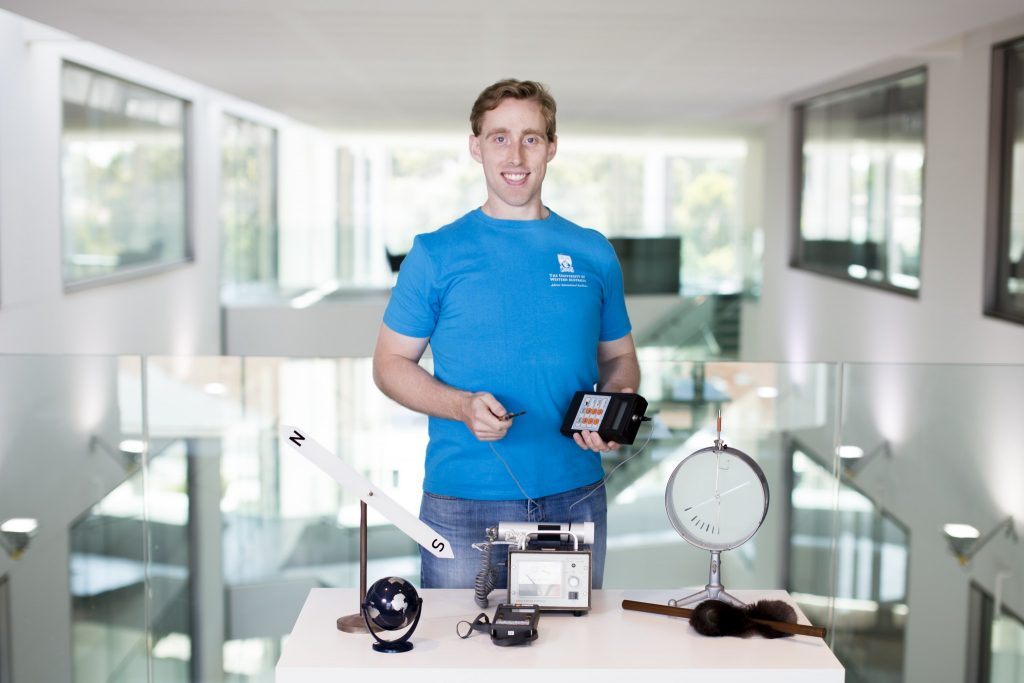
UWA PhD Candidate David Gozzard with some of the equipment that will be used on the flight to the South Pole. Credit: ICRAR.
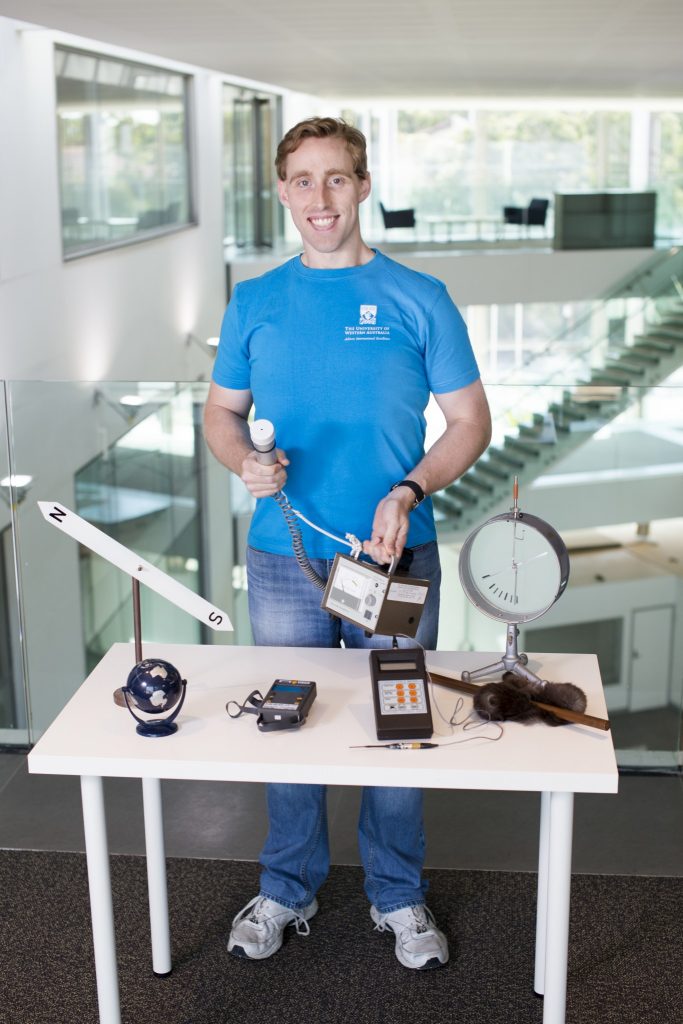
UWA PhD Candidate David Gozzard with some of the equipment that will be used on the flight to the South Pole. Credit: ICRAR.
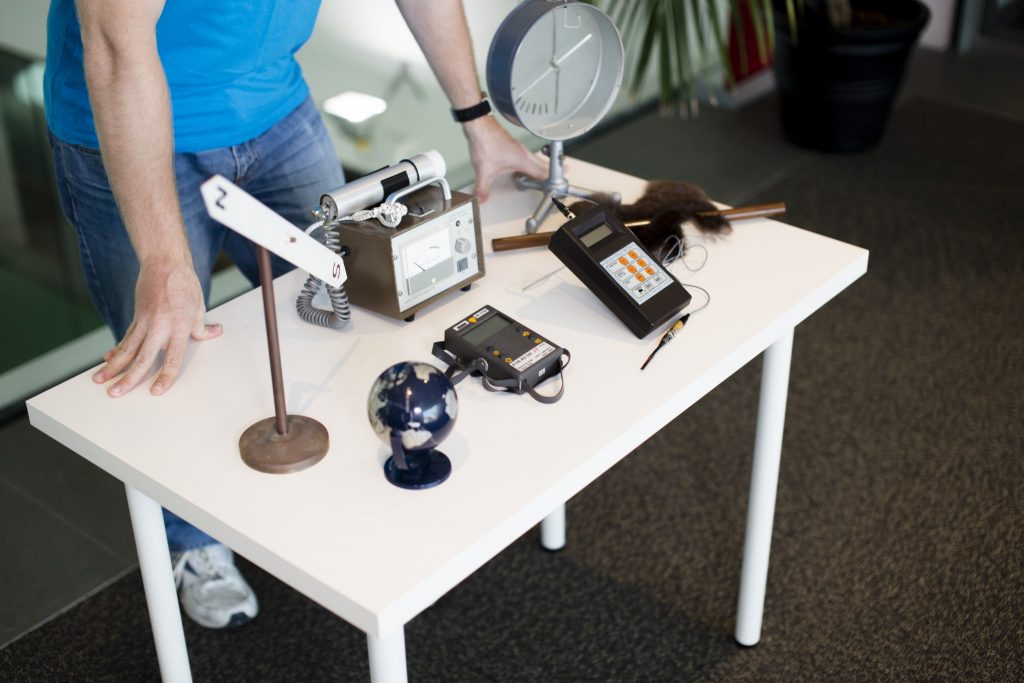
UWA PhD Candidate David Gozzard with some of the equipment that will be used on the flight to the South Pole. Credit: ICRAR.
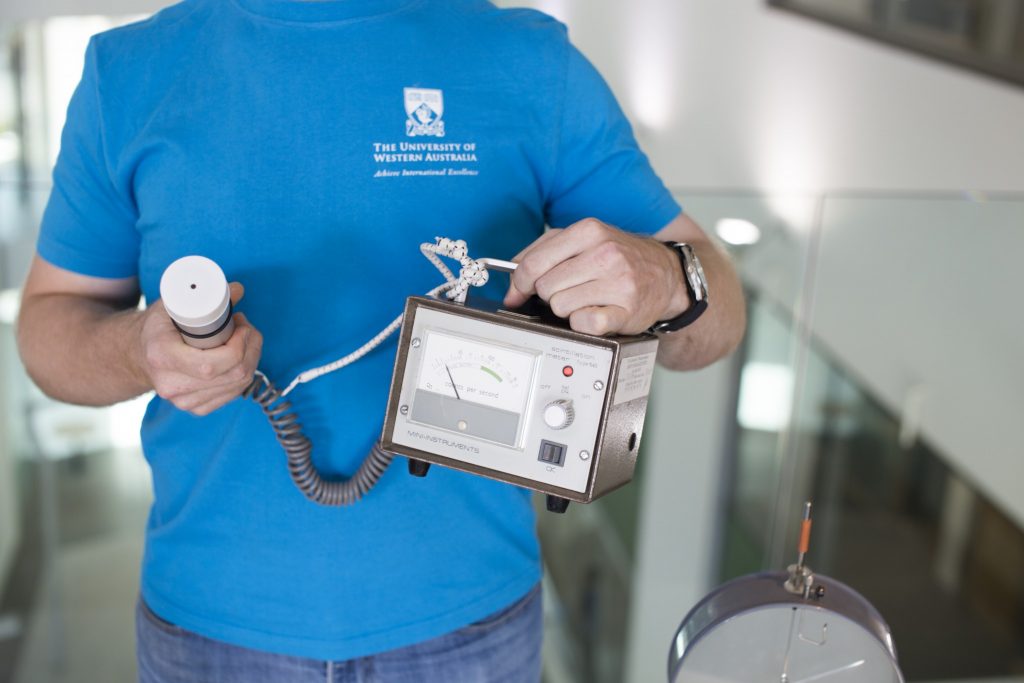
UWA PhD Candidate David Gozzard with some of the equipment that will be used on the flight to the South Pole. Credit: ICRAR.
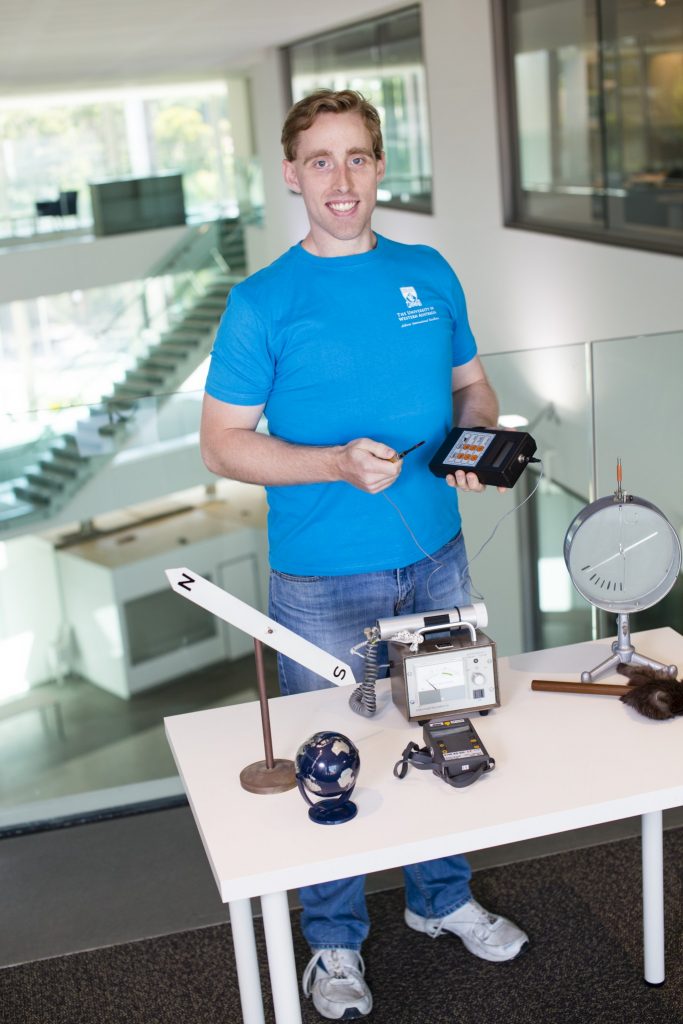
UWA PhD Candidate David Gozzard with some of the equipment that will be used on the flight to the South Pole. Credit: ICRAR.
